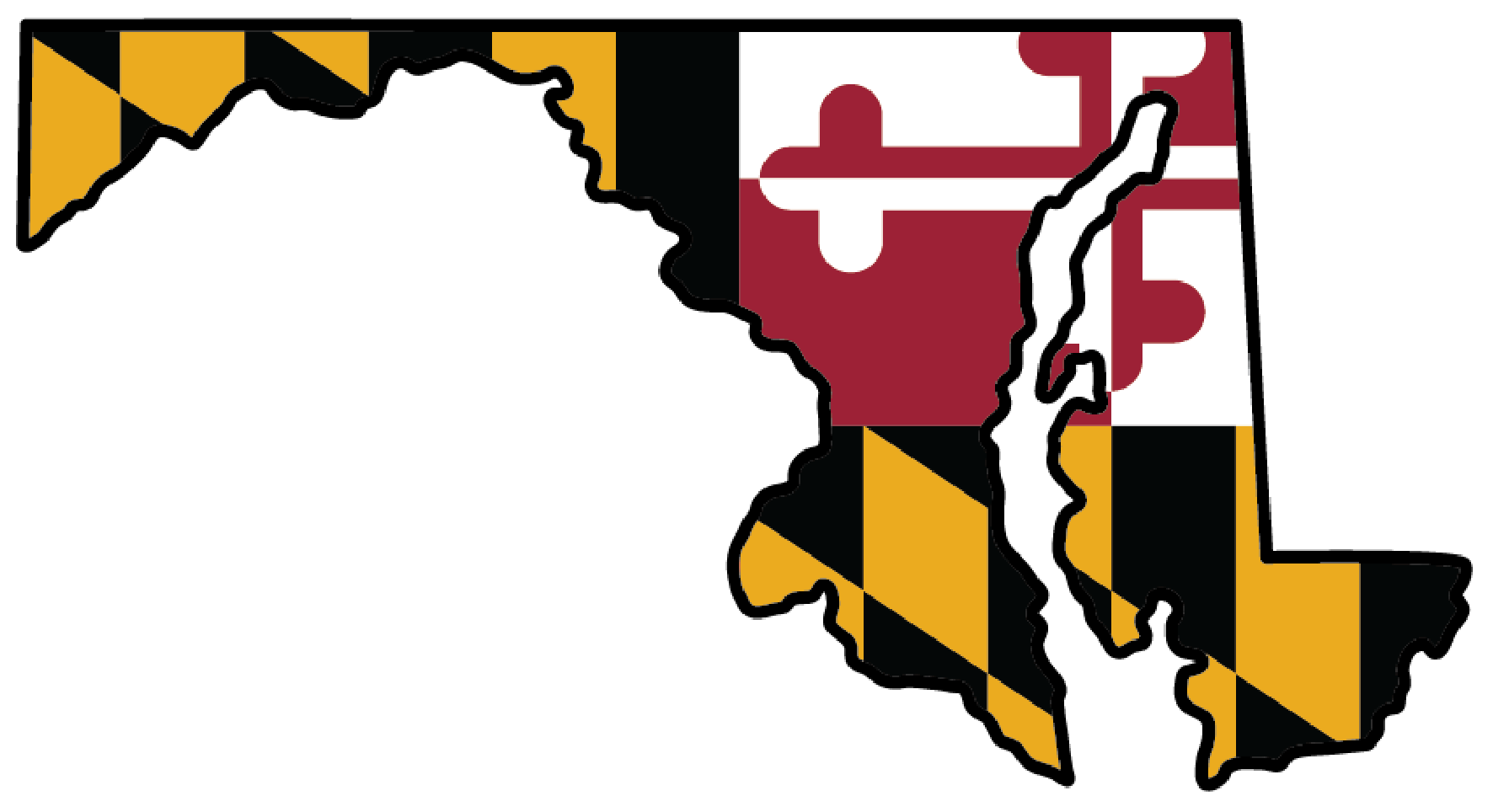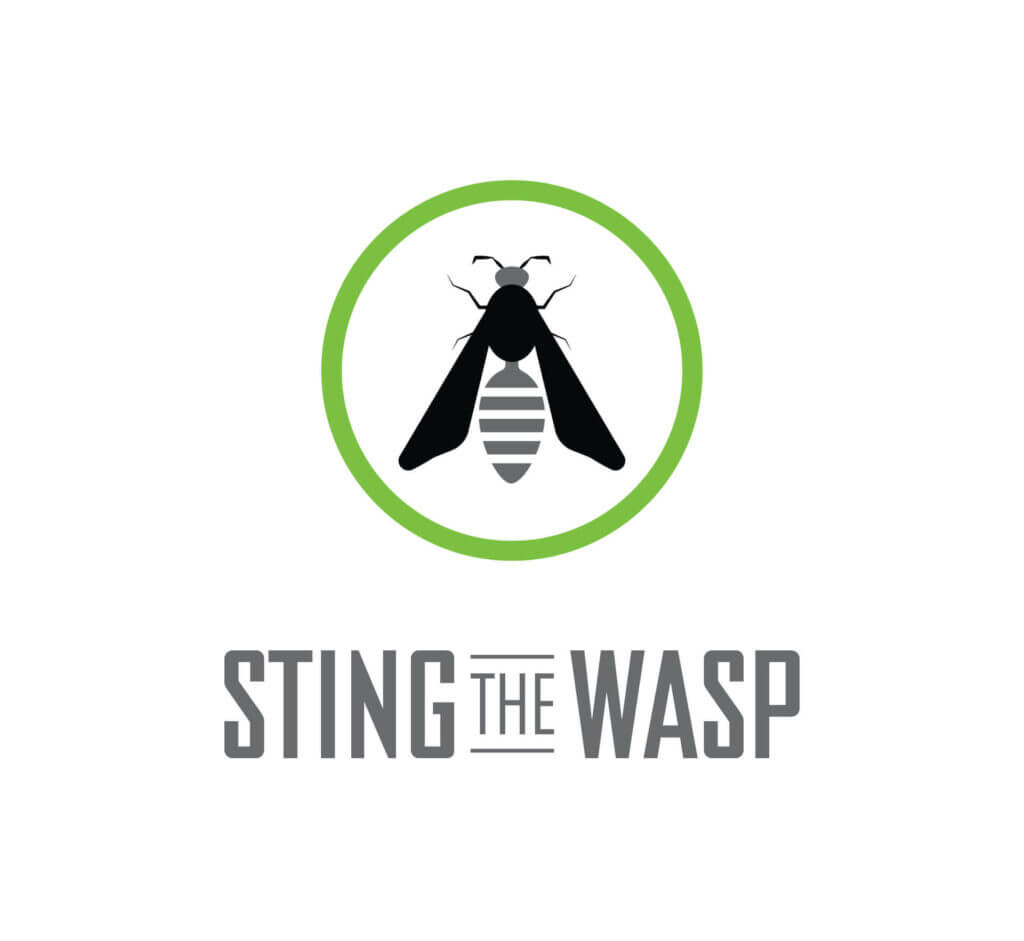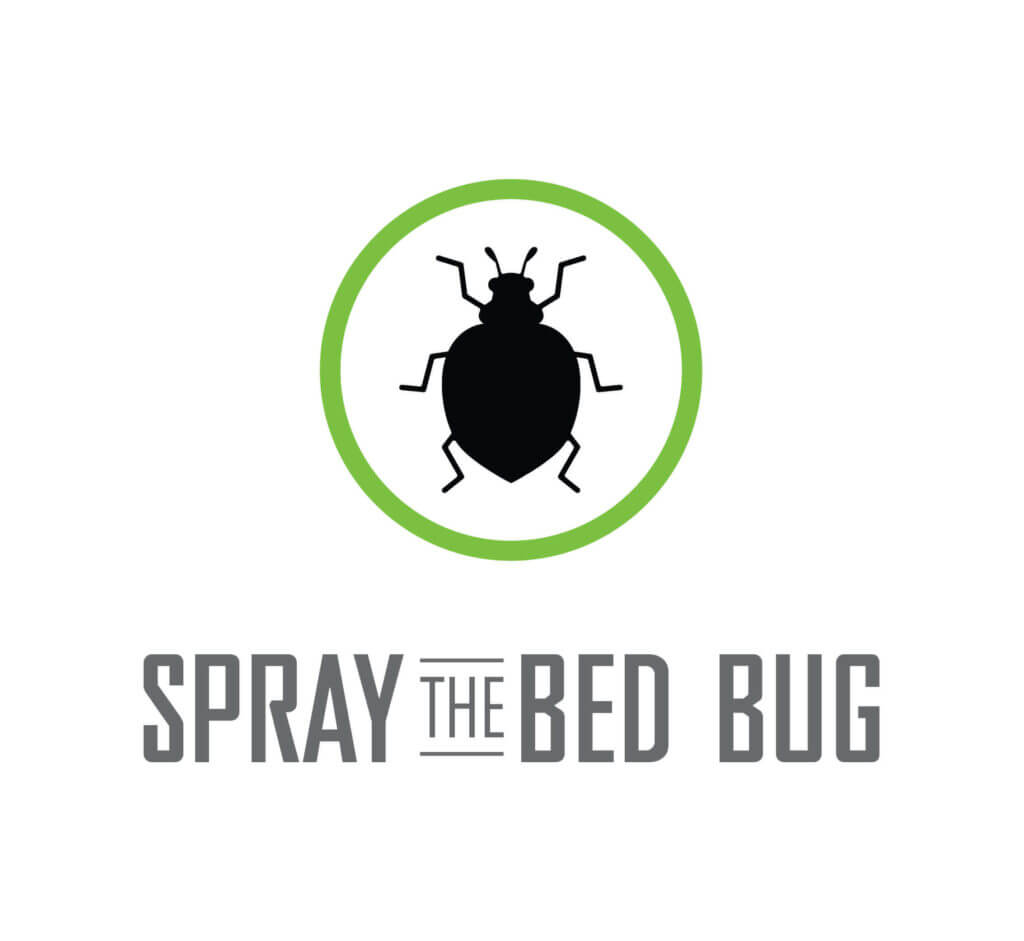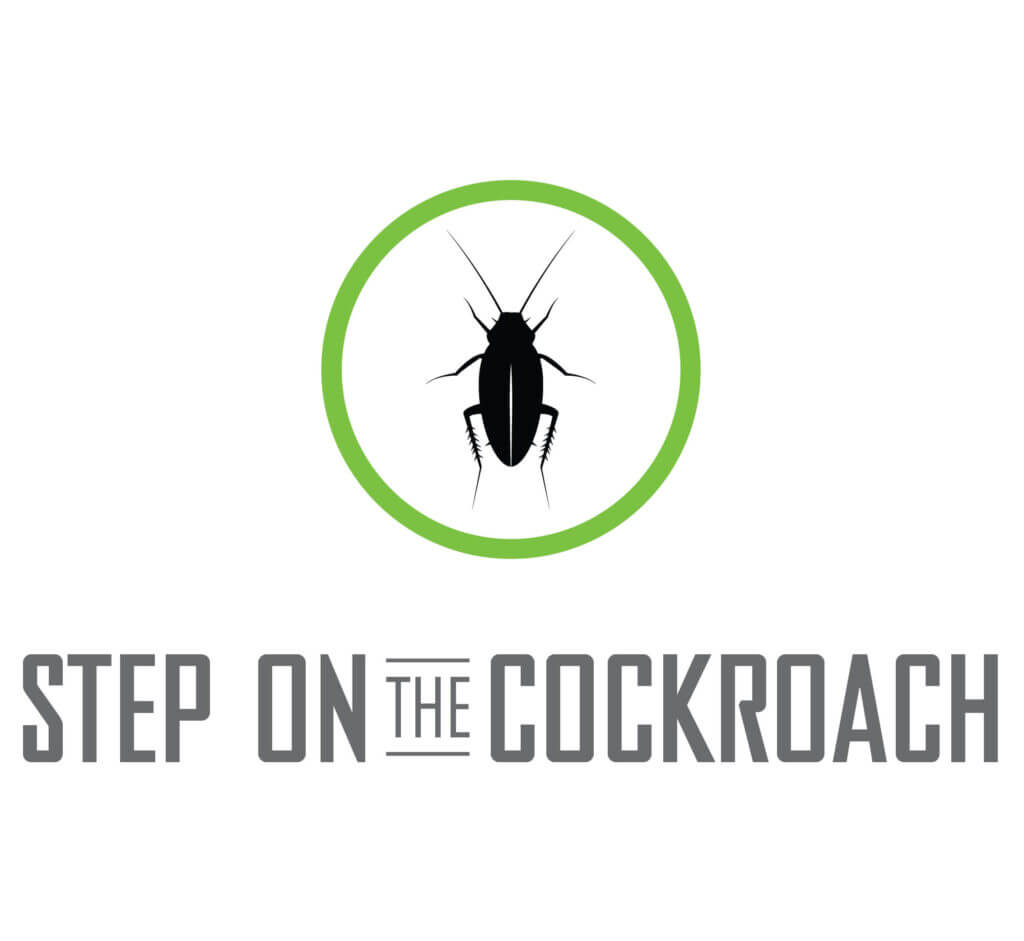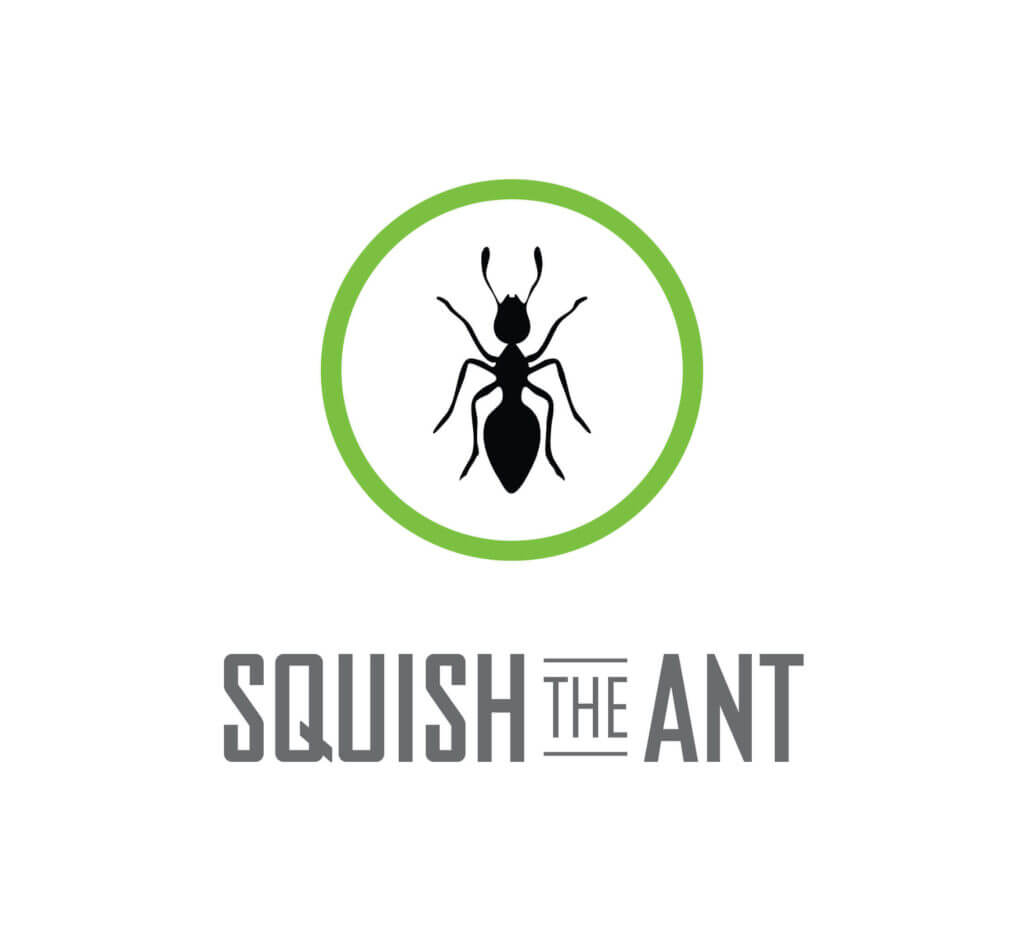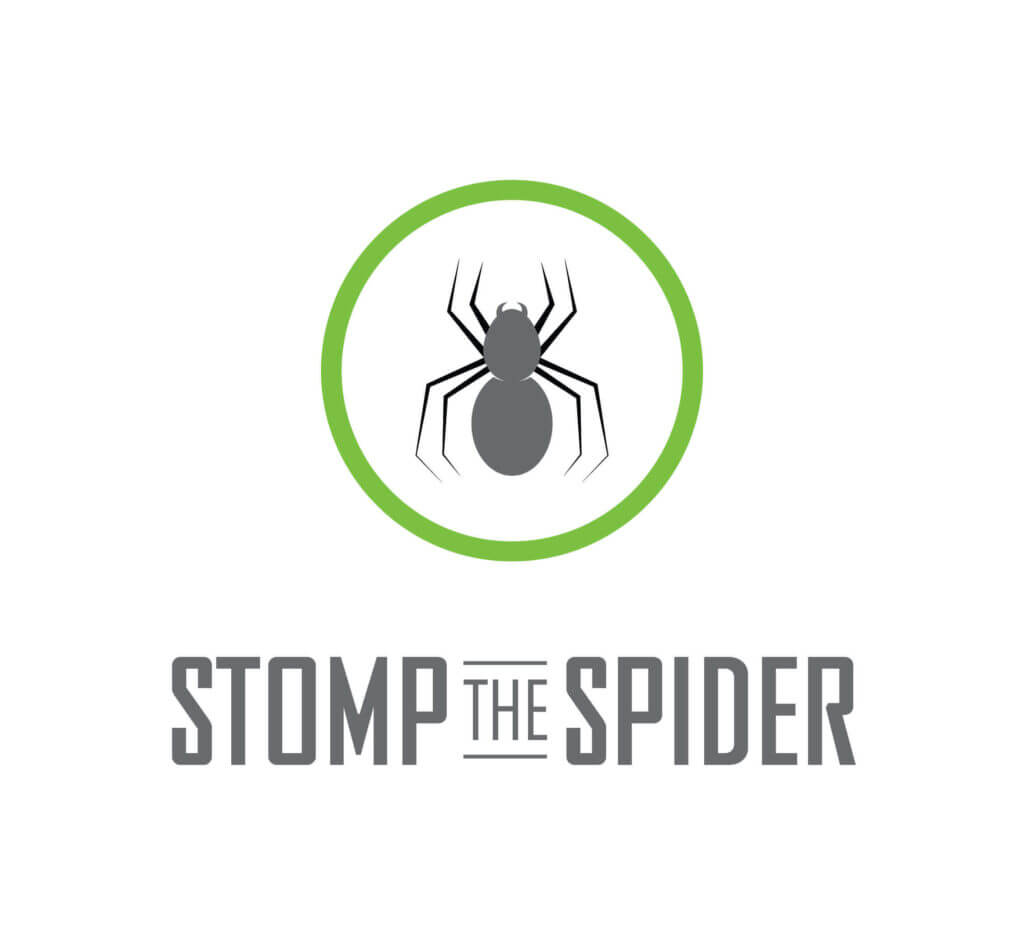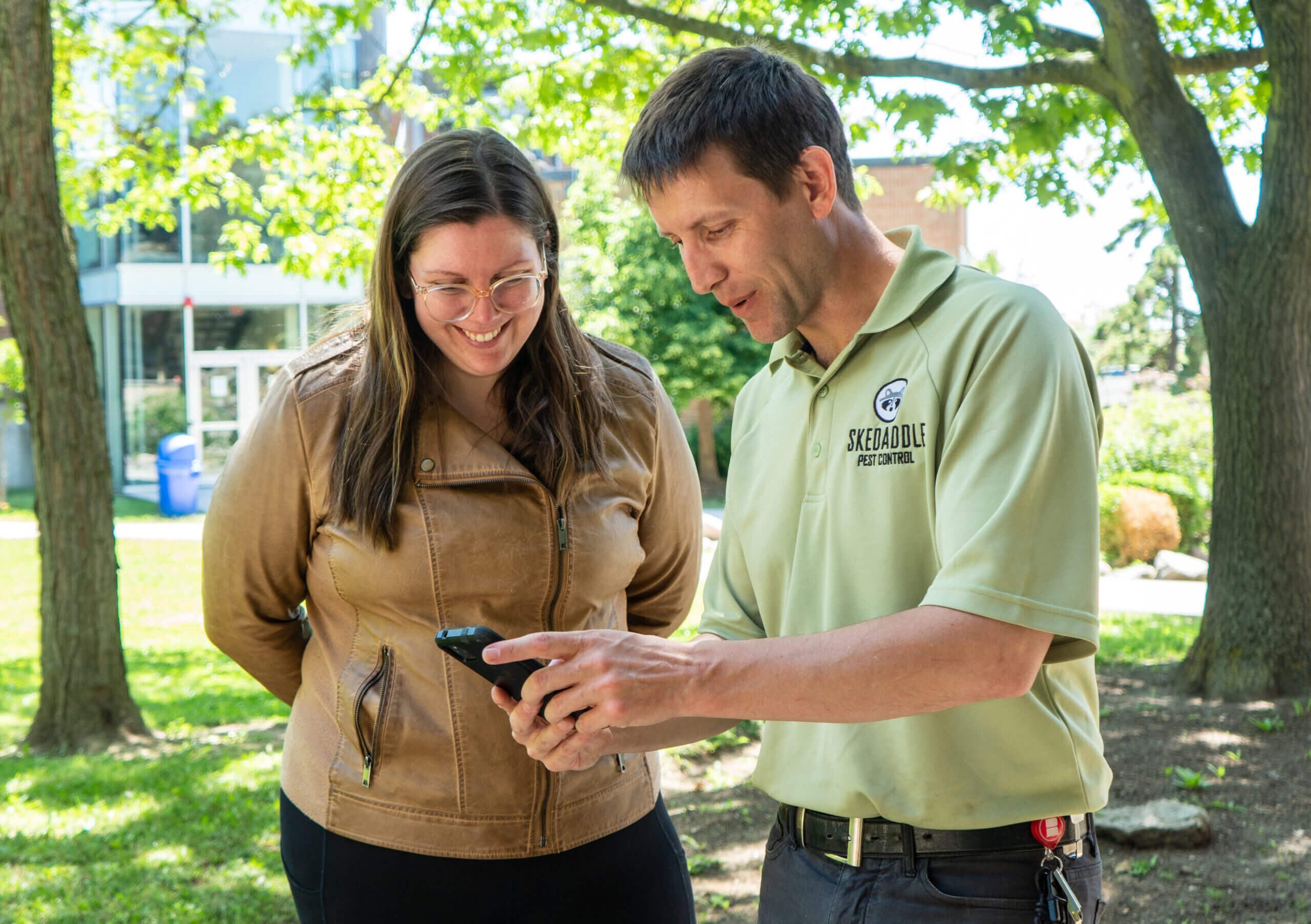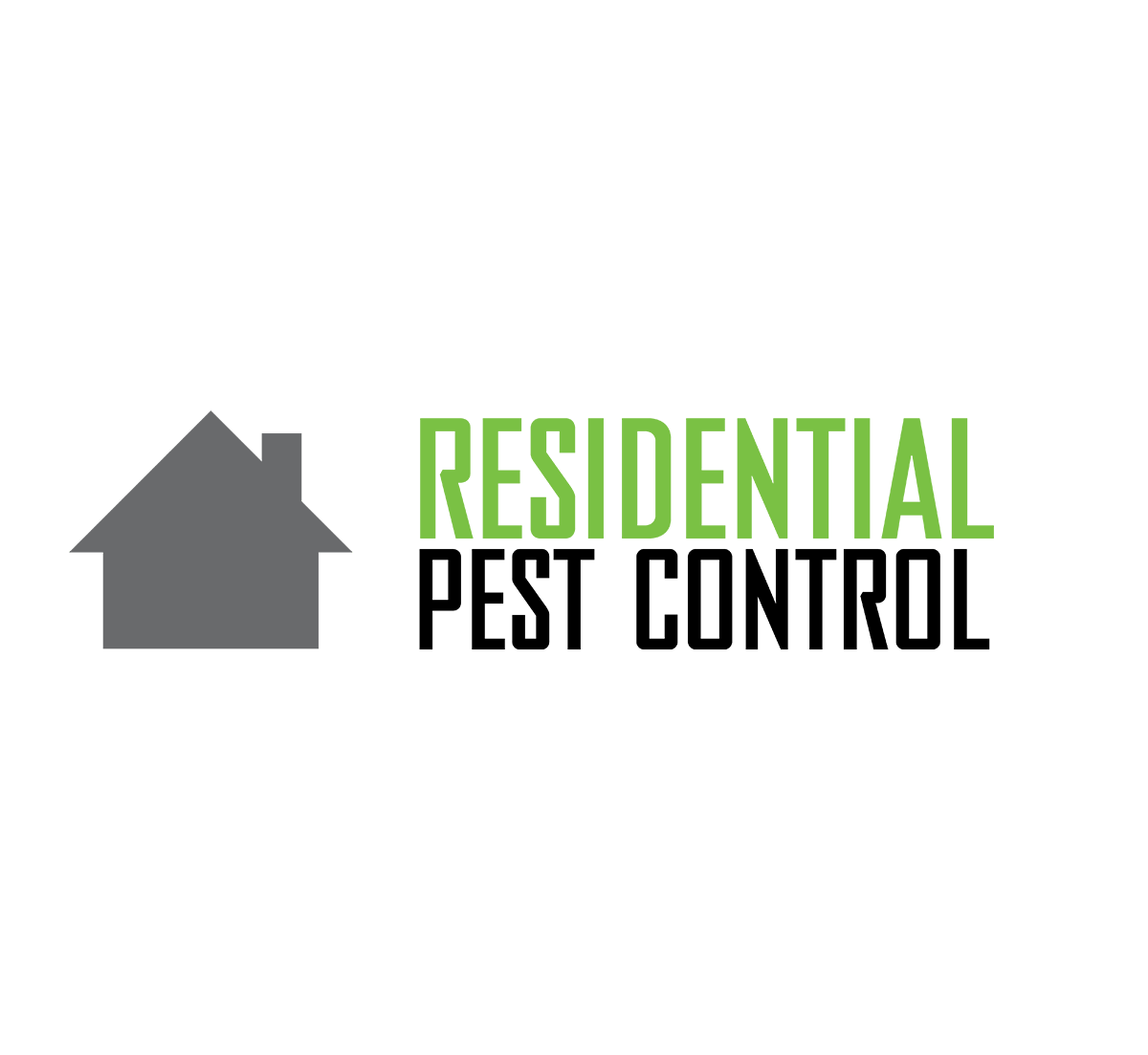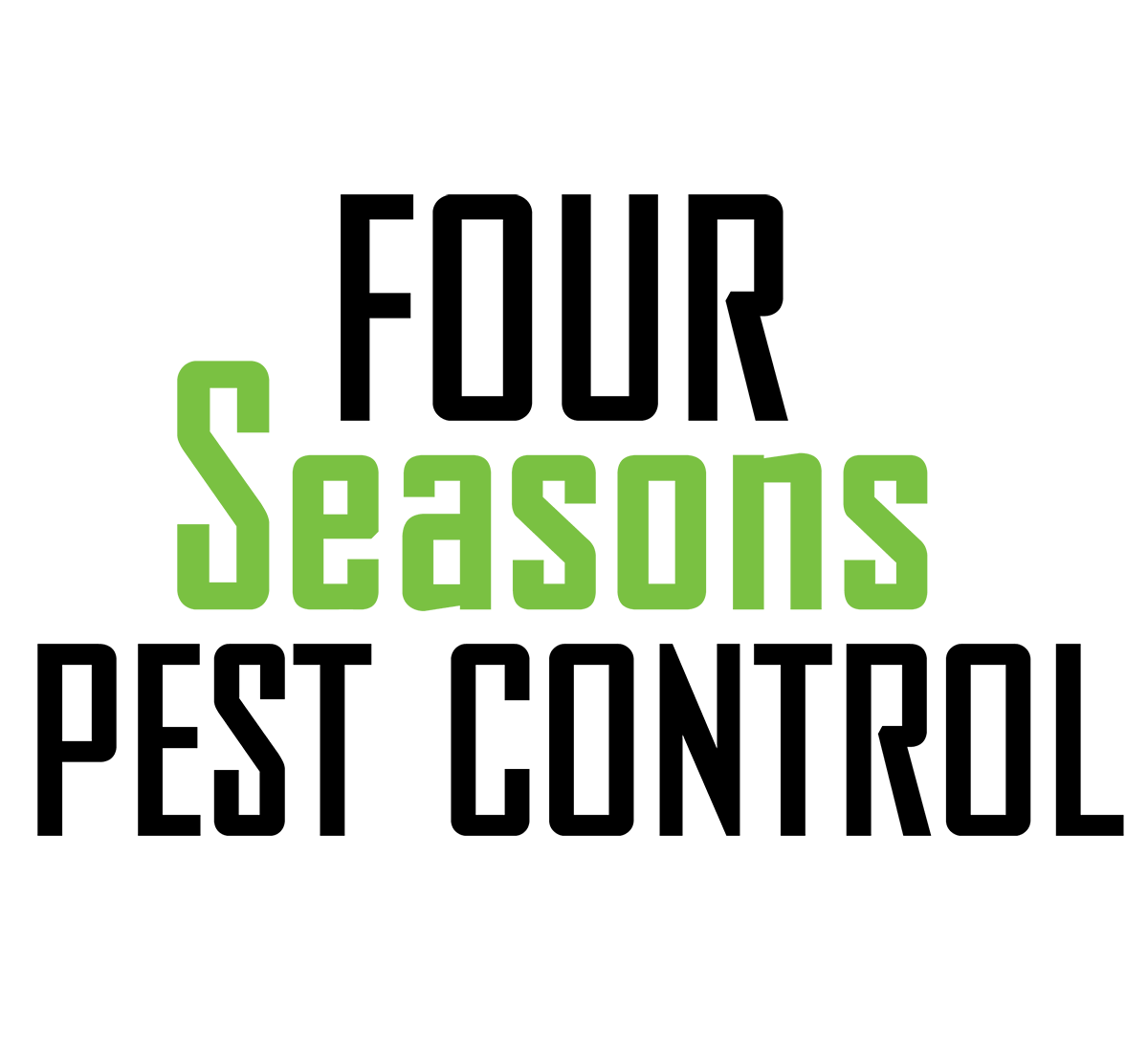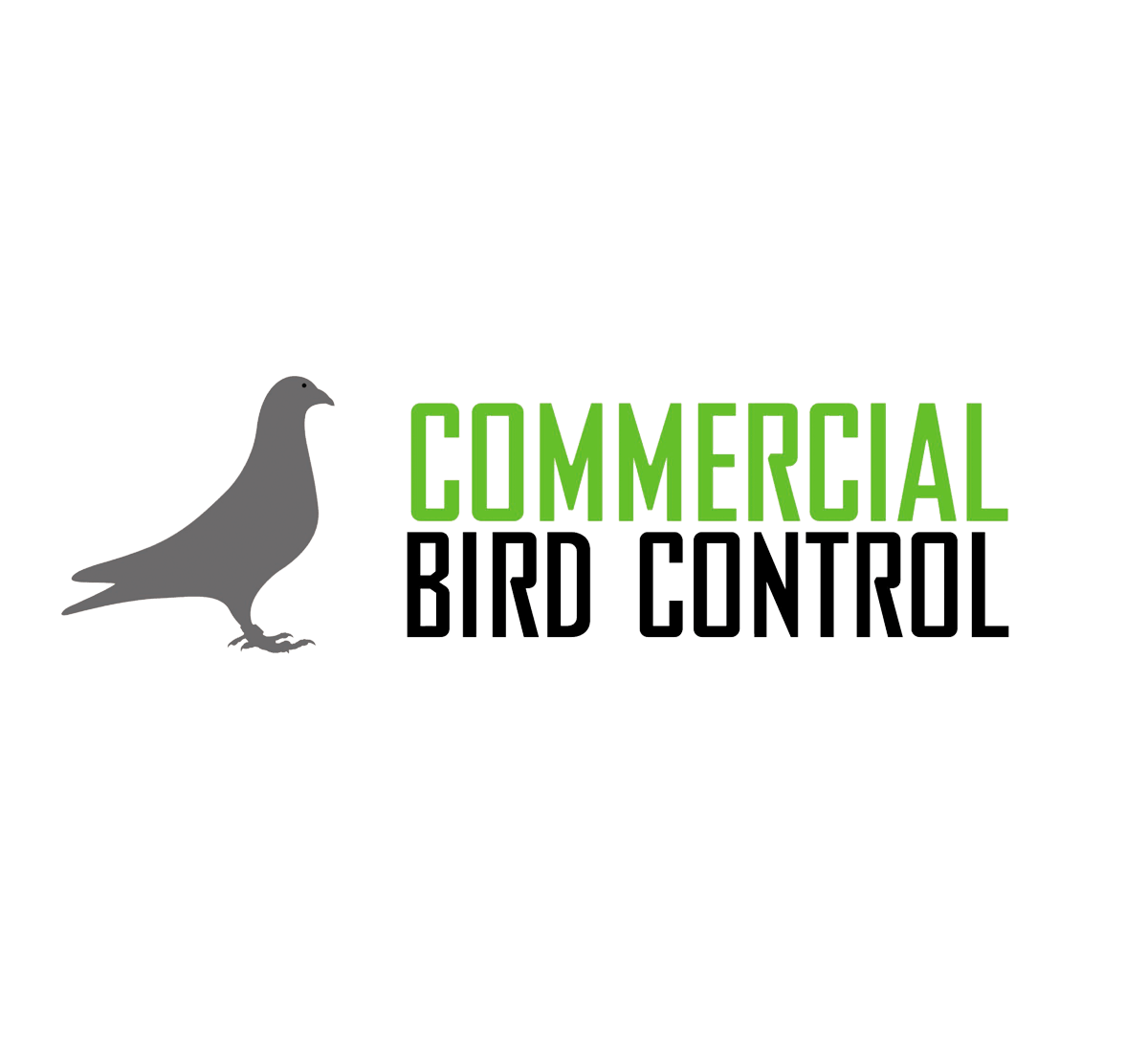Located north of Toronto, Newmarket is located in the Regional Municipality of York. Established as a farming community, it was an important stop on the first railway in Canada. It also enabled travel between Lake Simcoe and Lake Ontario because of its location on the Holland River.
About Newmarket
With a population of nearly 85,000 in 2016, Newmarket forms a gateway between Toronto and rural Ontario, offering both small-town charm and big-city amenities. In the 1980s, the Historic Downtown District underwent a successful revitalization project. Today, Ontario’s Plan to Grow identifies Newmarket as one of 25 Urban Growth Centres in the Golden Horseshoe region of Southern Ontario.Residents of Newmarket can take advantage of below-average taxes, premium health care, environmental bylaws, and low crime rates. Many also look forward to the 300 annual special events, 44 kilometres of trails, and over 6,500 recreational programs for all ages.
CHECK OUT OUR LATEST BLOG
Newmarket Wildlife Removal: Exploring the Damage Bat Cause and How to Prevent It
Protecting Your Space: Humane Methods to Deter Squirrels in Newmarket
Understanding Bird Migration and Winter Habits: What Newmarket Homeowners Need to Know
Common Wildlife in Newmarket
In addition to being on the shores of the Holland River, Newmarket is close to Lake Simcoe and is home to two different reservoirs that were once mill ponds: Bogart Pond and Fairy Lake. These provide recreational activities for Newmarket residents as well as habitats for aquatic creatures, such as fish, amphibians, and turtles, as well as mammals such as the muskrat.
Both its proximity to water and its location on the edge of an urban area can draw raccoons to Newmarket. In the wild, raccoons typically make their homes near water, but they also like to live near human habitations because of easy access to food. Raccoons can make a minor nuisance of themselves by tipping over garbage cans, but if they get into a home, they can cause extensive damage.
Southern Toronto is also home to at least two species of tree-dwelling squirrels, the eastern grey squirrel and the red squirrel. Squirrel mating season takes place twice a year, once in the early summer and once in the late winter. During this period, squirrels typically look for warm, secure shelters in which to raise their offspring. They can access the roof of a home from overhanging tree branches, and if they can find a way into the attic, they often make a nest there.
Another creature that may cause problems in Newmarket is the skunk. Skunks are shy, docile creatures that typically only spray when they feel threatened. Nevertheless, during mating season, which occurs in late winter, skunks are often forced to defend themselves from other members of their species, which means that their distinctive smell can become more prevalent. Unlike squirrels, which dwell in trees and are more likely to get into the attic, skunks are burrowing creatures that prefer to make their homes under woodpiles, porches, or sheds.
How Skedaddle Can Help
Creatures such as these do not mean any harm to humans. They are merely acting instinctively to give their offspring their best chance of survival. Nevertheless, wildlife can inadvertently cause damage and expose your family to disease. Contact Skedaddle to find out how we safely and humanely find and remove wildlife babies so their mother can relocate them elsewhere, then clean up after them and prevent them from coming back.
